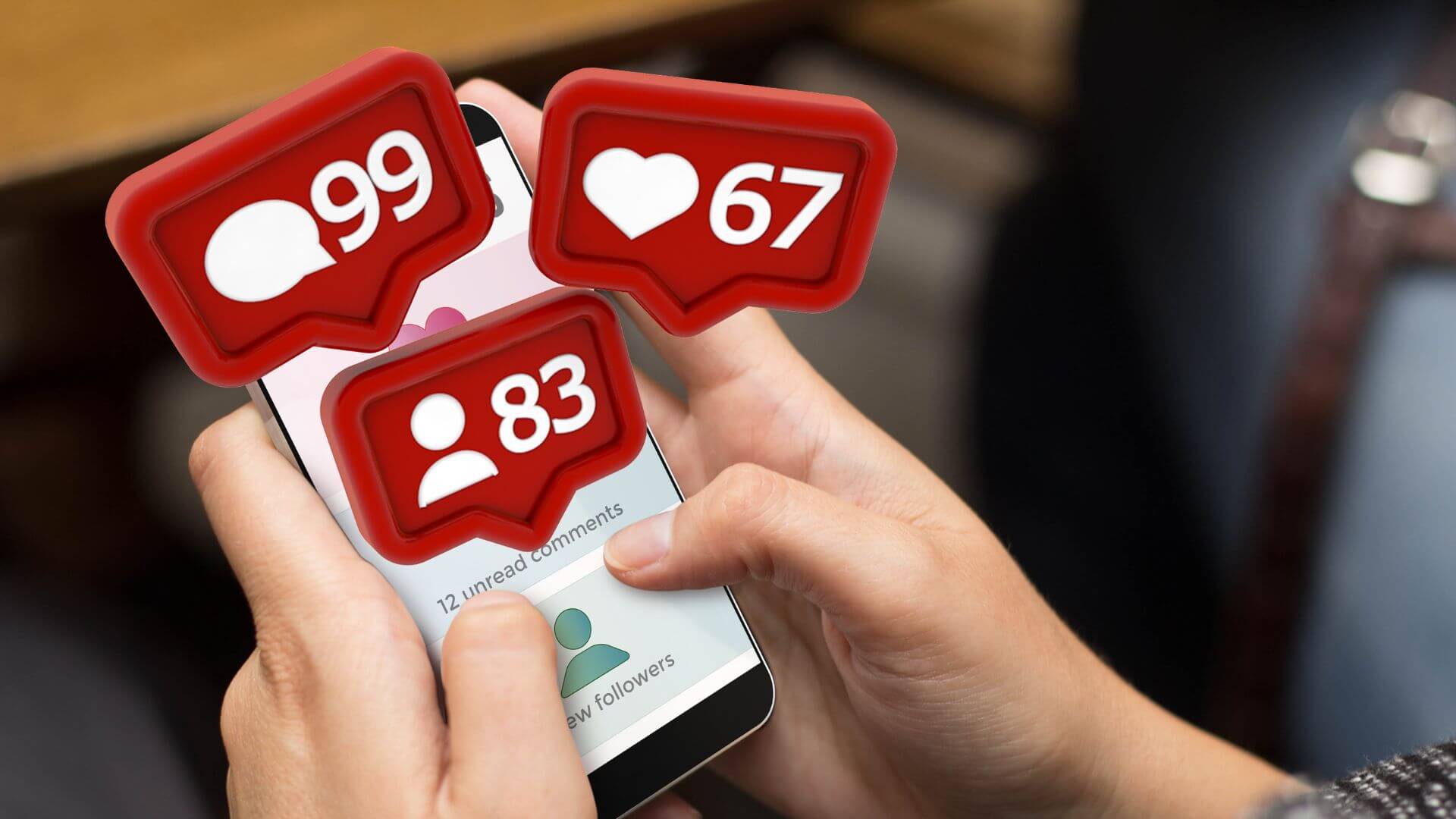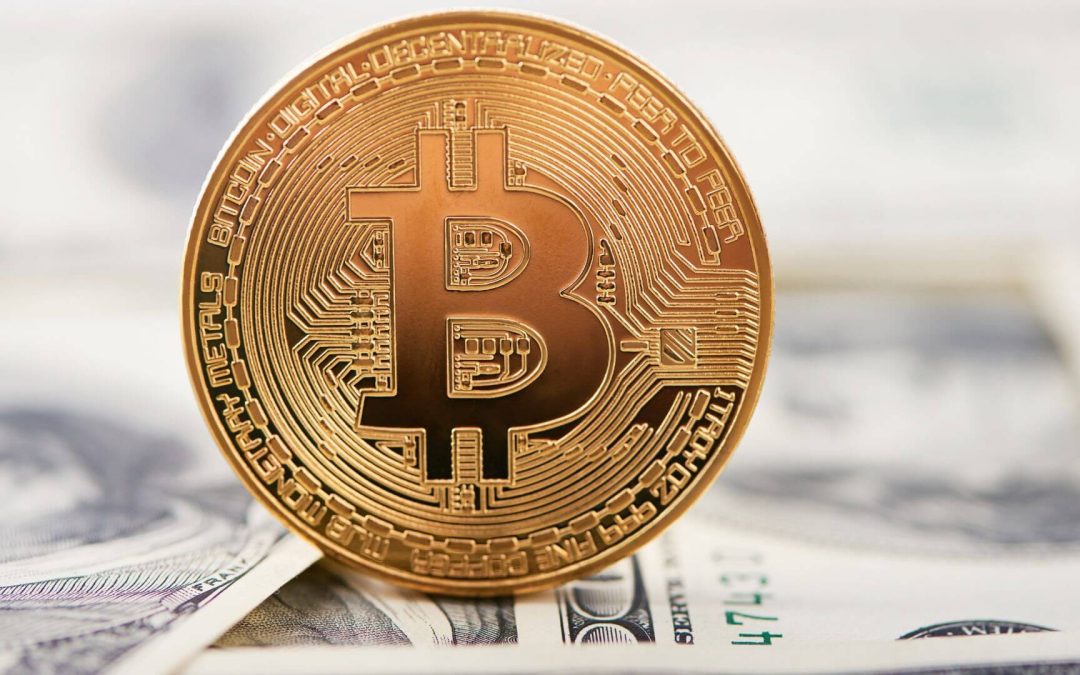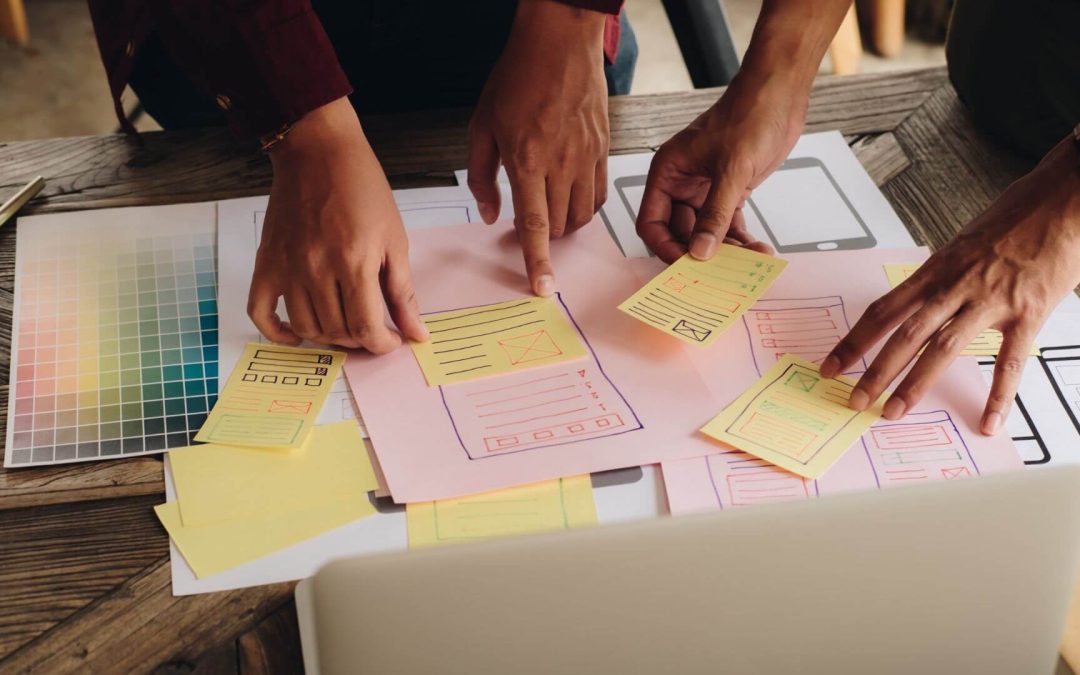Fake followers are a big problem in social media marketing. They wreak havoc on your brand’s reputation and waste resources. This makes it inherently difficult for brands to find their right-fit influencer.
The New York Times published “The Follower Factory” in January 2018 to highlight this activity. In essence, someone will buy a bot, and the bot will like and comment on posts with a particular hashtag, or it will follow individuals in the hopes of being followed back.

Figure 1: The New York Times highlighted the malpractice in 2018. Source
Meta and Twitter, for example, have been attempting to address the issue of fake followers and bots. Facebook took action on 1.6 billion false accounts in the first quarter of 2022, down from 1.7 billion the previous quarter. The social media network eliminated about 2.2 billion untrustworthy accounts in the first quarter of 2019.
Twitter is also making progress in reducing inauthentic platform activity, and the scale of its efforts is nothing short of impressive. According to Fast Company, Twitter automatically deletes 6 to 7.5 million accounts weekly.

Figure 2: Facebook actively removes fake accounts from the platform. Source Statista
Despite all these measures, we’re still far from completely obliterating fake followers from social media. They continue to pose problems for brands in the following ways.
Here’s Why Fake Followers Are Detrimental
Fake followers are social media accounts created to mass-follow other accounts for monetary gain. These are mainly dormant accounts that don’t interact with your content.
Here is how they harm brands’ influencer marketing efforts:
Wasting your marketing budget
Companies spend an estimated $8.5 billion each year on influencer marketing. On a good day, fraud costs companies about 15% of their marketing budget since many influencers don’t always have the number of followers they claim.
Decreasing your engagement
Influencers are often compensated depending on their reach, defined by their number of followers. The problem is that false followers are not active participants. It results in marketers paying for virtual eyeballs and no conversions.
Ruining your brand’s reputation
It might damage your reputation if you come across as a brand that engages in dubious activities like buying false followers. Customers may begin to doubt your company’s reliability, impacting your sales performance.
Flooding your news feed with scams and unwanted content
Once they infiltrate your account, fake followers and bots will do what they want, no exception. This may expose your account to vulgarity or obscene comments and links that will irk your actual audience.
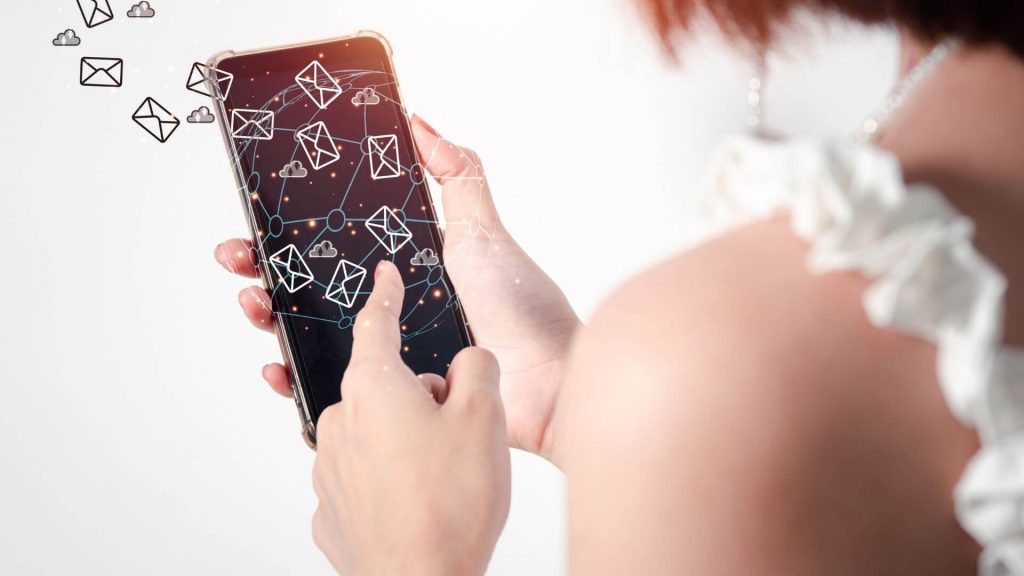
How To Check Influencers’ Profiles For Fake Followers
Having fake followers in your social media audience is terrible for business. Spending your money on a faux influencer whose most crucial commodity is made up of bots is much worse.
Here’s how to check influencers’ profiles for bots and fake followers:
Influencer discovery tool
Using a tool created expressly for influencer research is a good option. These tools can assist you in quickly finding, analyzing, and connecting with the most relevant and authoritative influencers in your field. Use them to get an instant overview of the influencer’s key performance metrics, including their engagement rate.
Calculate engagement rate percentage
Add all engagements (likes + comments, etc.) across an influencer’s posts on a given profile. Then divide by the total number of followers, and multiply by 100 to get the influencer’s engagement rate. Using this calculation, you can examine the total overall engagements for an influencer’s profile.
Average engagement rate (%) = total engagement / total number of followers x 100
Engagement is one of the essential indications of influencer ROI for DTC businesses. High engagement numbers often indicate to companies that a creator has the abilities and contacts to advocate for the products and services they enjoy.
An industry-standard guideline to assist you in benchmarking your results is as follows:
Less than 1% = low engagement rate
Between 1% to 3.5% = average or good engagement rate
Between 3.5% to 6% = high engagement rate
Above 6% = a very high-level engagement
Measure the number of interactions per 1,000 fans
Use this metric to determine how many of their followers are active without doing too much math.
It helps you quickly determine how many individuals interacted with your content out of every 1,000 followers.
Number of interactions per 1000 fans = Sums of interactions on a post / Total number of followers after the post was published x 1000
Using the number of interactions per 1,000 fans measure allows you to view the engagement share for each post. Also, check if the measure has changed over time and if there is an irregular interaction to audience size ratio.
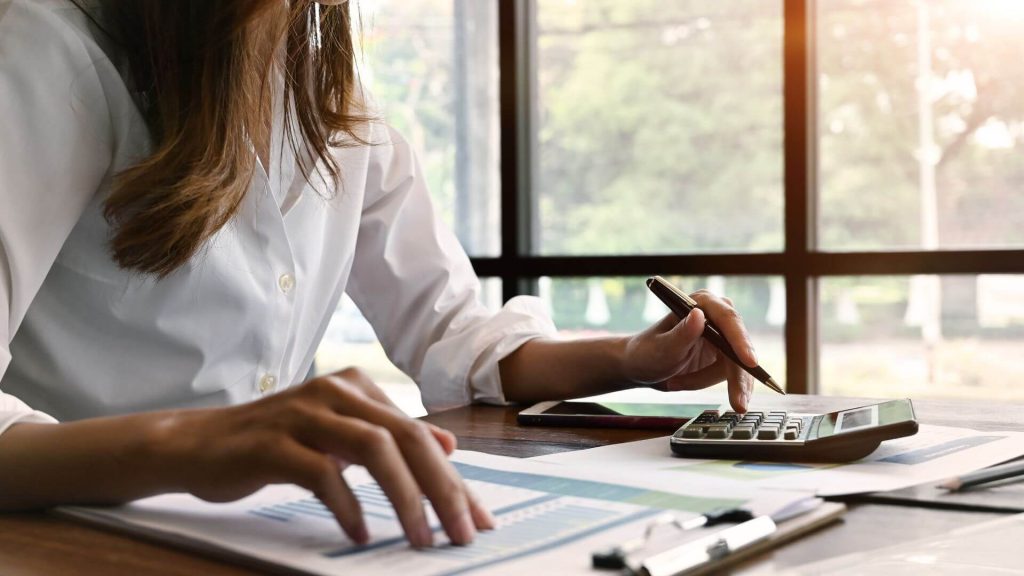
Top 5 Ways For Vetting Influencers To Avoid Fake Followers
-
Use humans to help vet influencers
The human factor plays an essential role in spotting bots and buying followers. Even the most advanced technology cannot replace a person’s knowledge and critical thinking abilities. While AI can evaluate influencers based on data, combining it with your due diligence for the best results is better.
When an influencer expresses interest in a campaign, examine their social media accounts. Double-check the relevant data and the interaction, and ensure nothing suspicious is happening.
-
Know the influencers in your network
It can be challenging to learn about influencers and create connections. New influencers are constantly joining the industry, and your work list becomes exponentially greater every minute of every day. However, developing relationships with the influencers you deal with is critical because of the trust element.
It’s essential that your team intentionally builds, develops, and maintains tight connections with influencers. Staying in touch with influencers may take many forms, including emailing, meeting up at conferences, obtaining statistics, attending events, working on campaigns, and conversing on social media networks. After all, we must get to know our influencers and ensure they’re real people living real lives while utilizing social media.
-
Keep an eye on follower counts
Successful, credible influencers are expected to consistently increase their Instagram followers through content that connects with their audience. This is organic growth, appearing on a graph as a steady and gradual increase of followers over time.
The one thing to watch out for are the accounts that go from having a couple of hundred followers to thousands of followers almost overnight.
If you monitor the influencer’s progress, you’ll be able to identify a rapid jump if they’ve purchased many false followers.
You may use free online tools to track follower growth. Remember, even if their growth appears to be regular, you should still look at who their followers are and their involvement quality to ensure they aren’t faking it.

Figure 3: Online tools help to track follower growth and other insights. Source TrendHero
-
Take note of odd ratios
You’ll want to look at the followers/following ratio. For instance, Instagram profiles may have almost as many followers as the number of accounts they follow (or even more). On the other hand, fake accounts will have a greater ratio of accounts they’re following than genuine followers — this figure is generally considerable — since they go on random and intensive following sprees.
-
Make sure the followers are active on social media
Fake accounts will have random posts and, more often than not, be set to private. It will be evident that they don’t look like potential customers. Instagram profiles with a large number of followers but a low interaction rate are more than likely to have a large number of fake followers.
It’s a good start if you notice an influencer’s average engagement rate is similar to the industry standards. But it would be best if you still examined their comments to make sure they’re real influencers. Because bots aren’t very adept at providing personal, considerate remarks, you’ll be able to tell the real influencers from the fakes by ruling out any ‘cool pic,’ ‘awesome,’ and impersonal comments as the product of a linguistically challenged bot rather than a human follower.
Influencer Marketing Agencies To Help Marketers
Now that you know how to figure out whether an influencer has fake followers, you might be thinking that the amount of time it will take you is overwhelming.
Don’t worry! There are influencer marketing agencies that assist marketers in distinguishing an authentic influencer from the hundreds of influencers who buy their followers. It’s sometimes enough to know what to look for without performing all the legwork yourself.
AtisfyReach, our AI-driven platform, is redefining the influencer marketing space by offering AI-driven solutions that automate the entire influencer marketing workflow. Get access to influencers worldwide without spending hours searching for talented creators on social media.
Influencer discovery is made easy with AtisfyReach. Register here.


